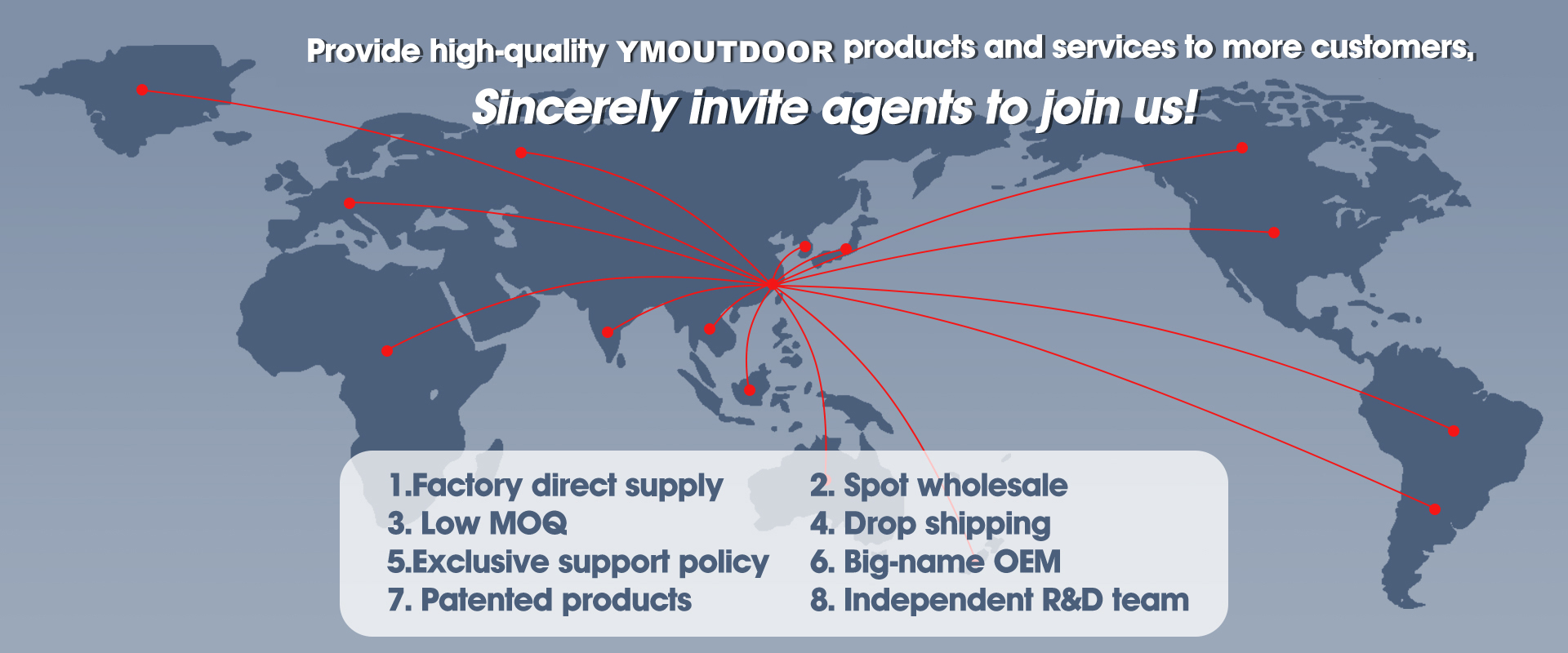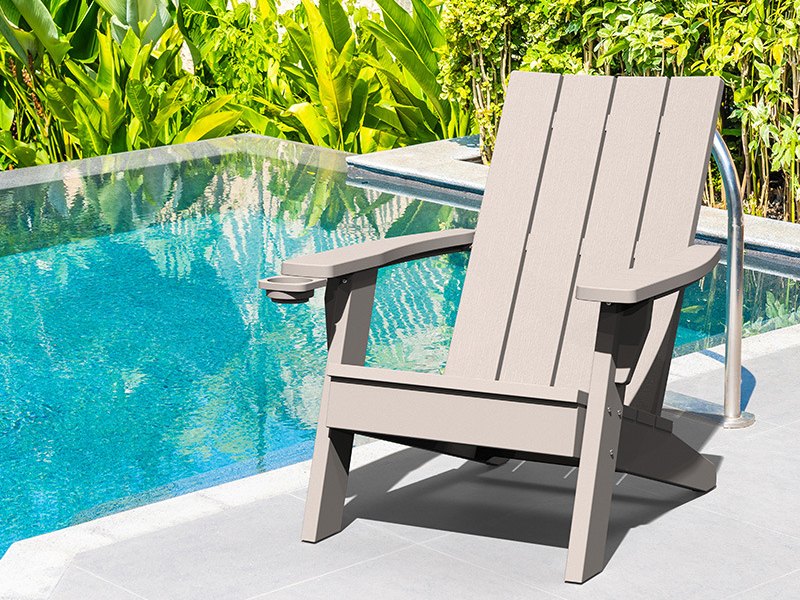
WMožná budete muset při nákupu venkovního nábytku přemýšlet o něco více než při nákupu nábytku do interiéru. Venkovní nábytek je totiž neustále vystaven nepříznivým povětrnostním podmínkám a materiály mohou být velmi důležité. Pokud chcete, aby vaše stoly a židle vydržely venku déle, měli byste být pečlivější, abyste analyzovali a porovnali suroviny použité k jejich výrobě, než se rozhodnete je koupit.

Wkdyž jde o plast, každému to není cizí, ale ve skutečnosti je plast hodně velká rodina.
Plasty na biologické bázi
Bio-based plastics are made from renewable biological resources. For example, sugar cane is processed to produce ethylene, which can then be used to make polyethylene. Starch can be processed into lactic acid, which can then be used to produce polylactic acid (PLA).
Rozložitelné plasty
Degradable plastics are plastics that are degraded by microorganisms into water, carbon dioxide (or methane) and biomass under specific conditions.

Technické plasty
Engineering plastics offer higher performance than standard materials, making them ideal for harsh engineering applications. In many applications, they have gradually replaced traditional engineering materials such as wood or metal because they not only equal or exceed traditional materials in weight/strength ratio and other properties, but are also easier to manufacture, especially in applications with complex designs.
Epoxidové pryskyřice
Epoxy resins have been around for over 50 years and are one of the most successful of the plastics family. Their physical state can change from a low-viscosity liquid to a high-melting solid, which means that a wide variety of materials with unique properties can be manufactured. At home, you'll find them transformed into soft drink bottles and a variety of packaging materials, and they're used as protective coatings for everything from beds, garden chairs, office and hospital furniture to supermarket carts and bicycles. They are also used in special industries, such as protecting the surfaces of ships, oil rigs and wind turbines from the effects of bad weather.
Expandovaný polystyren
Expanded polystyrene or EPS is a widely used commodity polymer. It is widely used as a shockproof packaging material for machinery and equipment, instruments, household appliances, handicrafts and other fragile and valuable products, as well as for fast food packaging.
Fluoropolymery
Fluoropolymers are known for their outstanding non-stick properties, which are associated with their use as coatings on cookware and as stain repellents for fabrics and textiles. They have also contributed to significant advances in aerospace, electronics, automotive, industrial processes (chemical and power sectors, including renewable energy), construction, food and pharmaceutical, and medical applications. The best-known member of fluoropolymers is PTFE (polytetrafluoroethylene).
Polyolefiny
Polyolefins are polymers of polyethylene and polypropylene thermoplastics. They are produced primarily from petroleum and natural gas through the polymerization process of ethylene and propylene, respectively. Their versatility makes them one of the most popular plastics today.
Polystyren
Polystyrene is a synthetic polymer made from styrene monomer, which is a petroleum liquefaction product. It is a thermoplastic polymer that softens when heated and can be transformed into a variety of final products through semi-finished products such as films and sheets.
Polyuretan
Polyurethane is a flexible, pliable and durable man-made material. There are various types of polyurethanes that look and feel very different from each other. They are used in a very wide range of products. In fact, we are surrounded by products containing polyurethane in all aspects of our daily lives. While most people are not familiar with polyurethanes because they are often "hidden" behind covers or surfaces made of other materials, it is hard to imagine life without them.
Polyvinyl chlorid
Polyvinyl chloride was one of the first plastics to be discovered and one of the most widely used. It comes from salt (57%) and oil or natural gas (43%). It is the third most widely produced synthetic plastic polymer in the world, after polyethylene and polypropylene.PVC comes in two basic forms: rigid (sometimes abbreviated as RPVC) and flexible.
Termoplasty
Thermoplastics are polymers that can be melted and recast almost indefinitely. They melt when heated and harden when cooled. However, when frozen, thermoplastics become glassy and break easily. This material can be repeatedly reheated, remolded and cooled. Therefore, thermoplastics are recyclable in production. Some of the most common types of thermoplastics are polypropylene, polyethylene, polyvinyl chloride, polystyrene, polyethylene phthalate, and polycarbonate.
S tolika skvělými materiály, z nichž se vyrábí nejrůznější venkovní nábytek, je plastový venkovní nábytek velmi ekologickým produktem, který je nejen odolný a extrémně nenáročný na údržbu, ale může být na konci své životnosti plně recyklován.
Díky hladkému povrchu lze plastový venkovní nábytek snadno čistit pouhým mýdlem, vodou a hadrem, což z něj dělá perfektní volbu pro lenochy.
Výhody plastového venkovního nábytku ¼ ¼ :
The beauty of plastic outdoor furniture is that they require little maintenance.
Je odolný proti vlhkosti, neplísní a odolává povětrnostním vlivům bez potřeby tmelů nebo laků.
Je také velmi cenově dostupný, dostupný v různých barvách a může vypadat jako jakýkoli jiný materiál.
Další výhodou je, že plastový nábytek je lehký a často stohovatelný
Recyklovatelné
Nevýhody plastového venkovního nábytkuï¼
- Plastový venkovní nábytek nemusí vypadat tak luxusně
- Může odfouknout v extrémním počasí